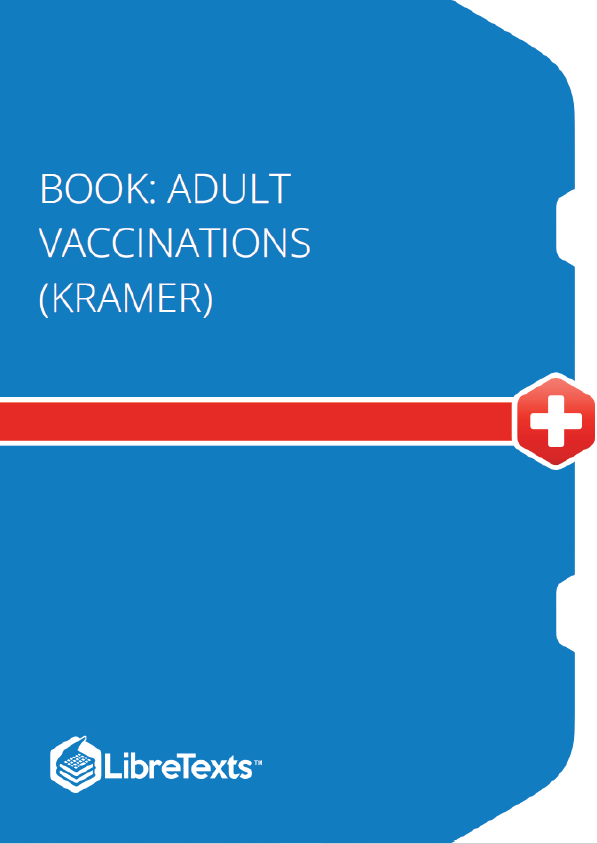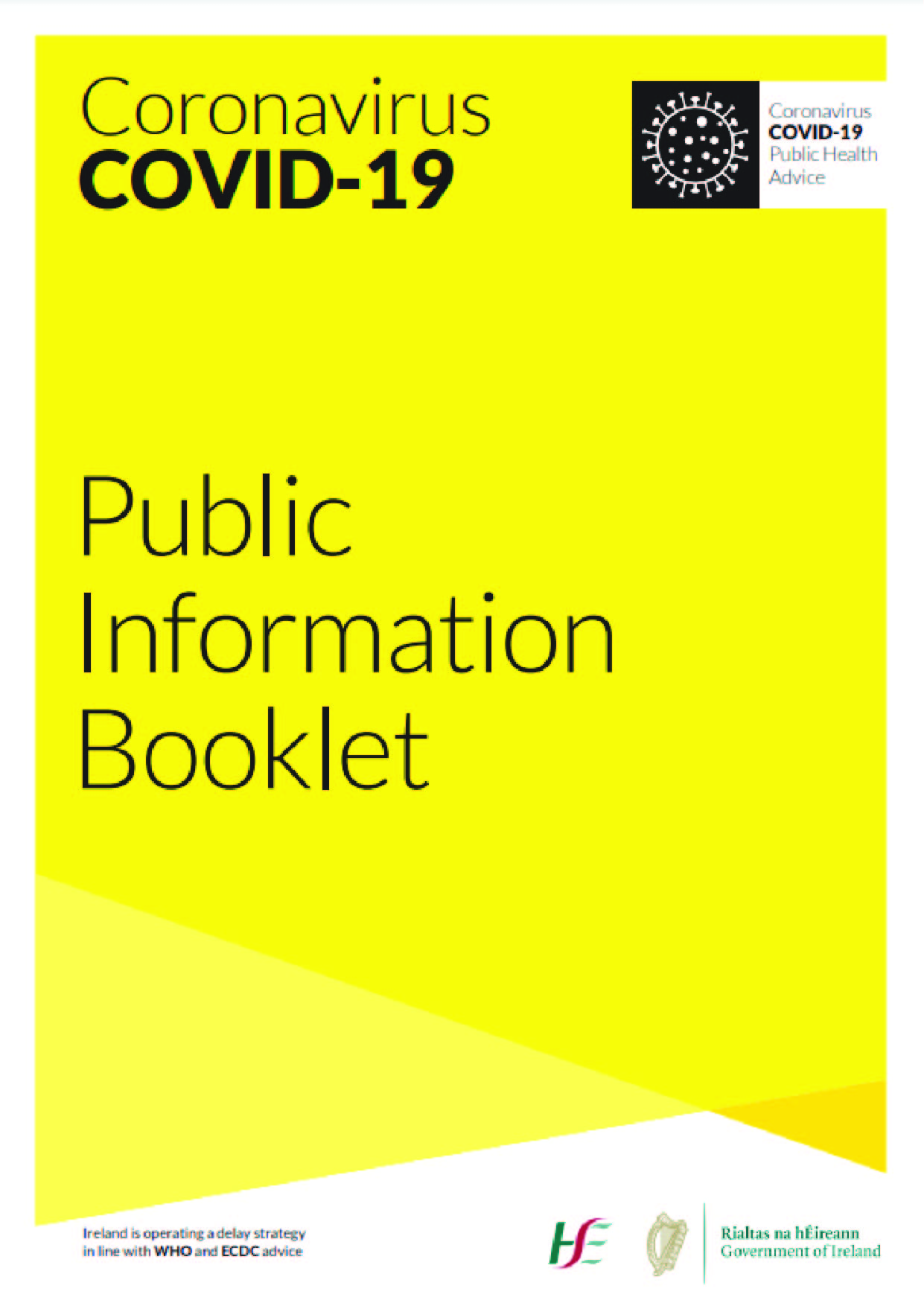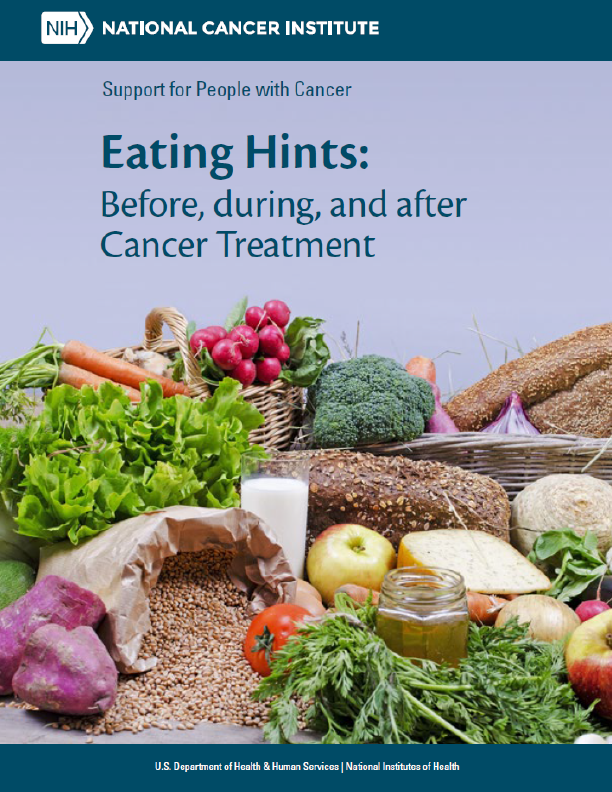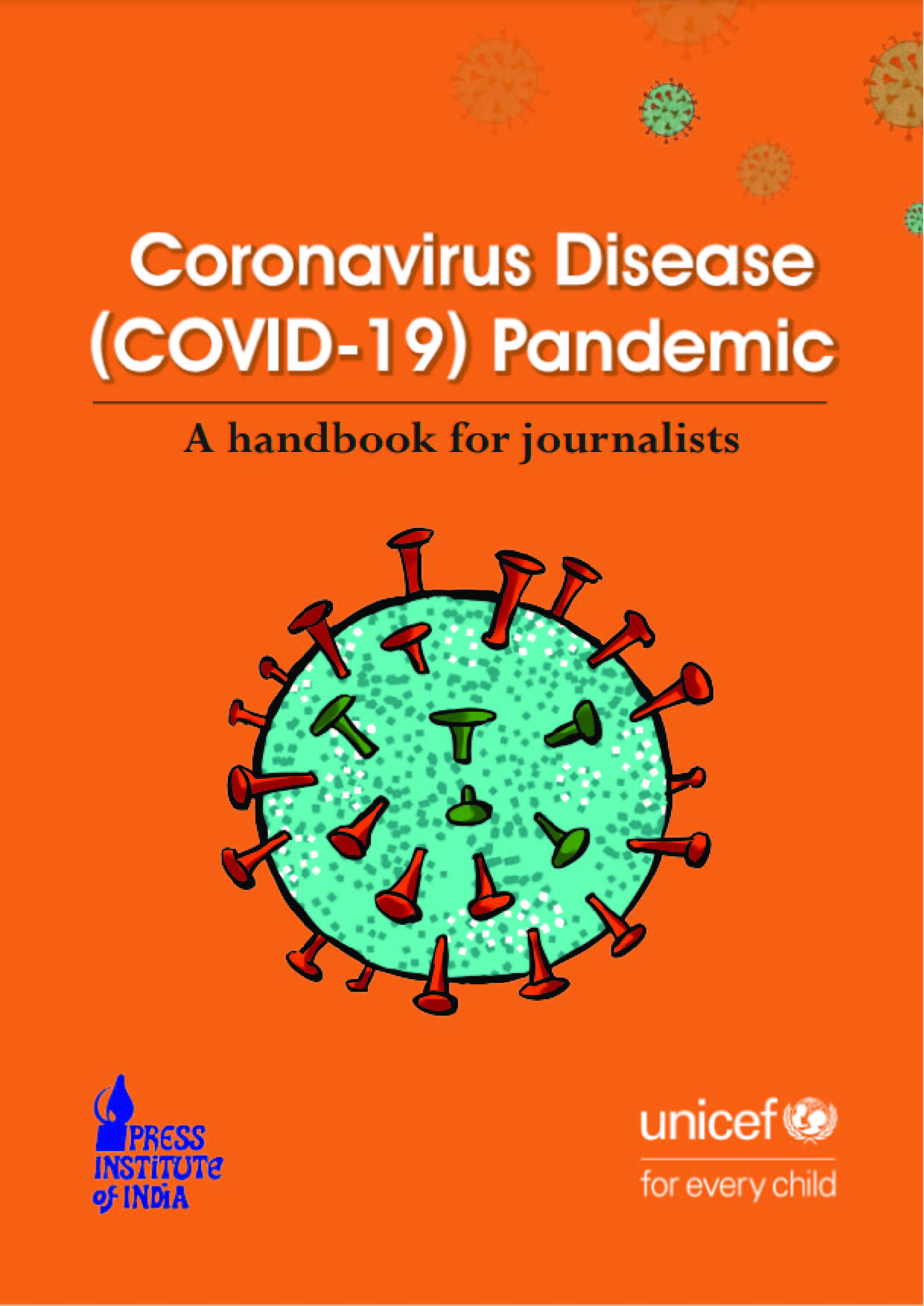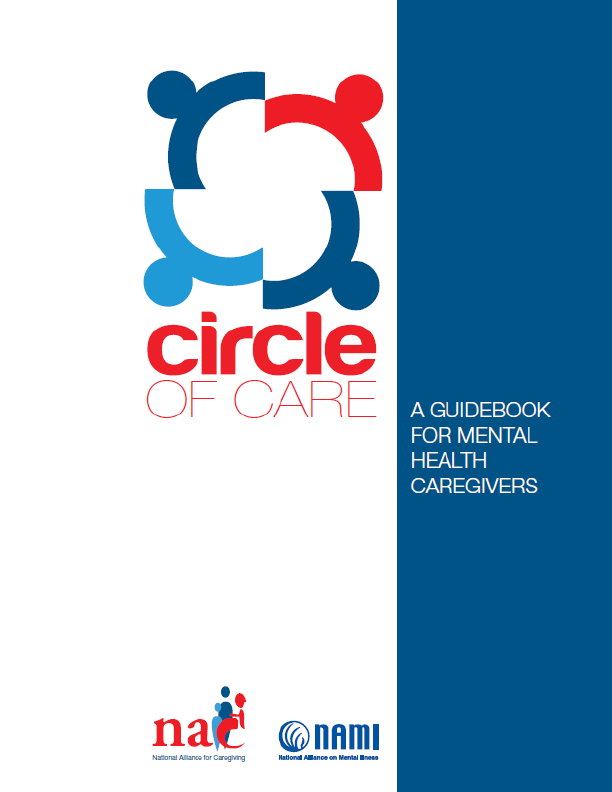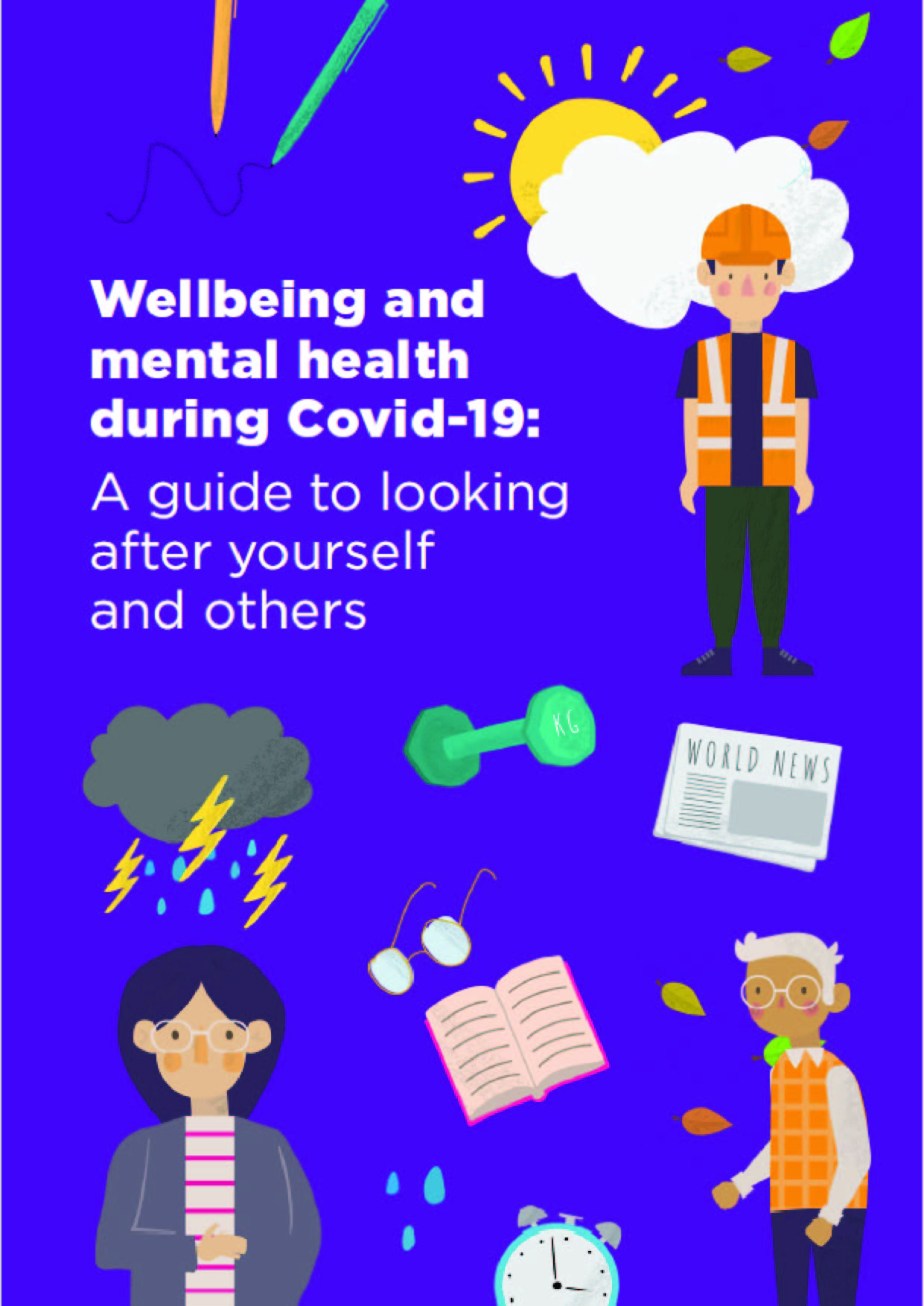Disparities in Adult Vaccinations
While a big push has been made to improve childhood vaccination rates, adult vaccination remains poor. According to the National Center for Immunization and Respiratory Diseases, vaccine preventable deaths kill more Americans every year than either traffic accidents, breast cancer, or HIV/AIDS. For this reason, primary care physicians need to assume responsibility for developing new strategies to improve adult immunization rates.
According to the National Immunization Survey released by the CDC in 2007 :
- Only 2.1% of eligible adults had received the Tdap in the previous two years
- Less than 2% of patients over the age of 60 had received the shingles vaccine
- Only 20% of eligible adult women had received the HPV vaccine series
- Only 36.1% adults are vaccinated annually for the seasonal flu
- Only 66.9% of eligible patients had received the pneumococcal vaccine
Vaccine Hesitancy
“Vaccination is the victim of its own success” Because vaccine preventable diseases are now less visible, both patients and healthcare providers are naive to the risks associated with these diseases. Instead they are directly exposed to the perceived risks of the vaccines.
There is a new concept of “vaccine hesitancy” in our society where vaccines are perceived as unsafe and unnecessary. This belief is driving poor adult vaccination rates. Health care professionals ought to focus on their role in addressing vaccine hesitancy. In a Canadian survey of over 4000 adults, between 55% and 59.7% of adults were willing to be vaccinated if recommended by their healthcare provider. Research shows that health professionals’ knowledge of vaccines “has been shown to be an important determinant of their own vaccine uptake, their intention to recommend the vaccine to their patients, and the vaccine uptake of their patients.” This resource is aimed to provide concise and high yield vaccine education for primary care physicians in order to improve vaccine uptake among their patients.
Disclaimer
Every year vaccine guidelines are updated! Refer to Advisory Committee on Immunization Practices (ACIP) on the CDC website for yearly changes in vaccine guidelines
http://www.cdc.gov/vaccines/acip/
This resource is meant to be high yield but not comprehensive. Refer to CDC guidelines for more specific questions or clarifications.
It is important to know contraindications/precautions but these should not be the main focus. A contraindication to ALL vaccines is severe allergic reaction (anaphylaxis) after a previous dose OR to any vaccine component. A precaution to ALL vaccines is moderate or severe acute illness (+/- fever). If there are additional contraindications/precautions they will be noted at the bottom of each vaccine page.
